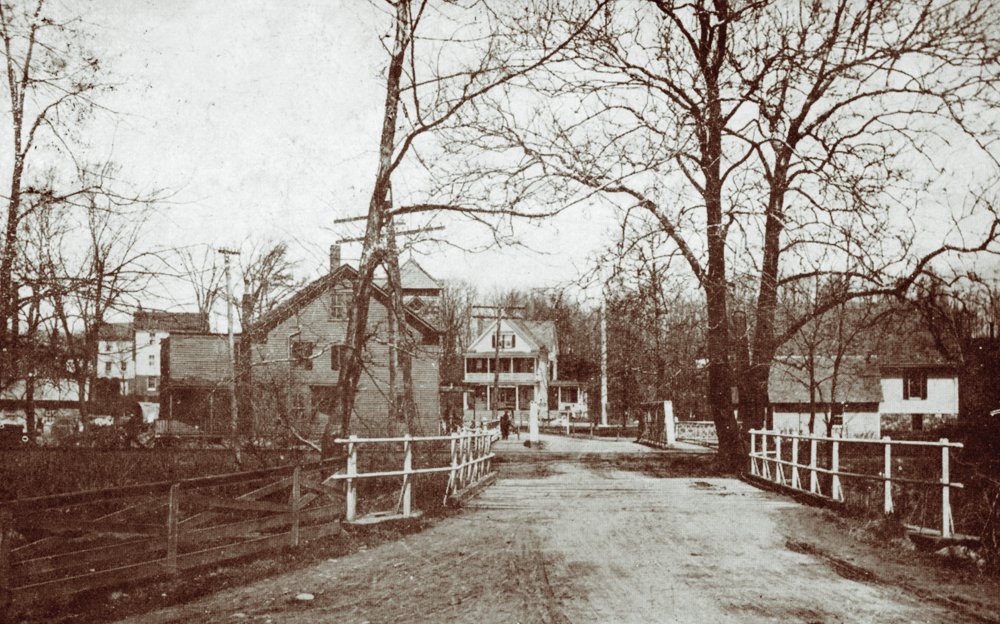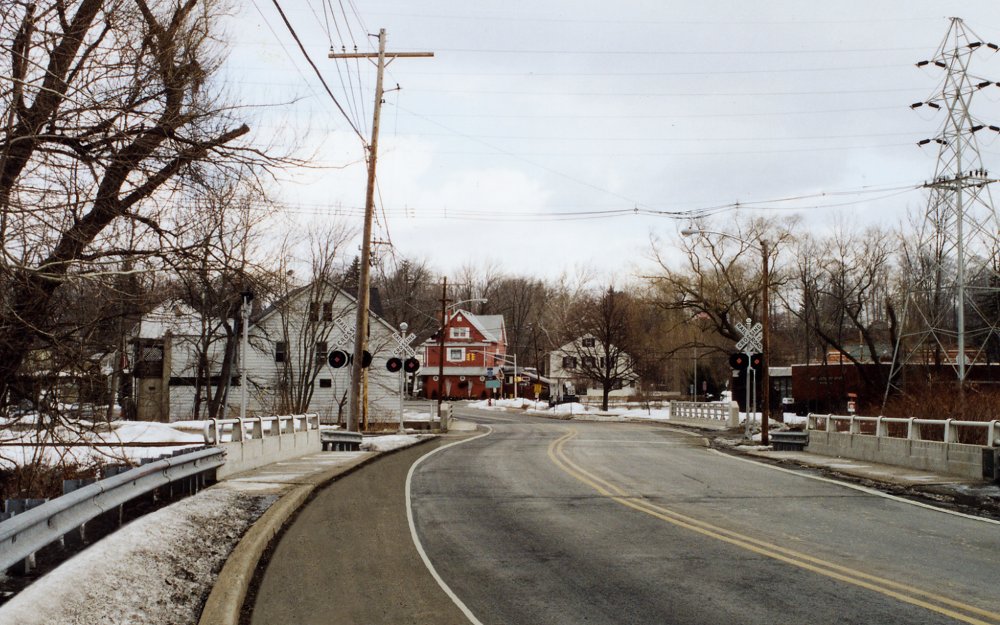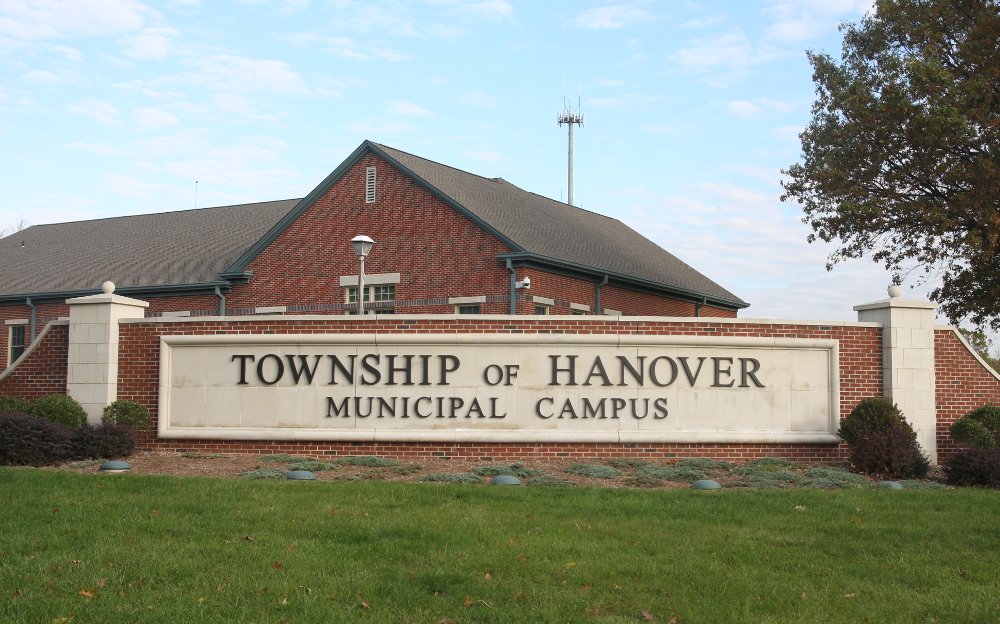Villages of Hanover
Hanover Township–established 1720
When the Township of Hanover was established in 1720 and Whippenny Township ceased to exist, the name Whippenny, or “Whippany” as it came to be called, was retained as a district within the Township of Hanover at its original settlement and place of origin, the “place where the arrow wood grows.”
The Township of Hanover once contained scores of villages, hamlets, and districts within its boundaries. As time passed, the township diminished in size as villages seceded to form their own townships, municipalities, or districts of municipalities. Most of the historic villages that were once within Hanover are now identified within new municipalities. Hanover Township can now claim only three historic villages within its boundaries—Whippany, Malapardis, and Monroe.
Malapardis and Monroe have long since lost their identities. Malapardis, along with the western quarter of Monroe, is now generally known as Cedar Knolls. The eastern portion of Monroe is now generally referred to as the Birch Hill section of Whippany. Also a section of Malapardis became the subdivision of Countrywood, and part of the Horse Hill section of Monroe is now known as Trailwood.
Hanover Township now comprises four villages within its borders— Cedar Knolls, Malapardis, Monroe, and Whippany.
About the Book — About the Author
Maps of Hanover
Maps provide an equally compelling story as words when it come to history. Take a look at some of our maps of contemporary and 19th century Hanover Township, NJ.




